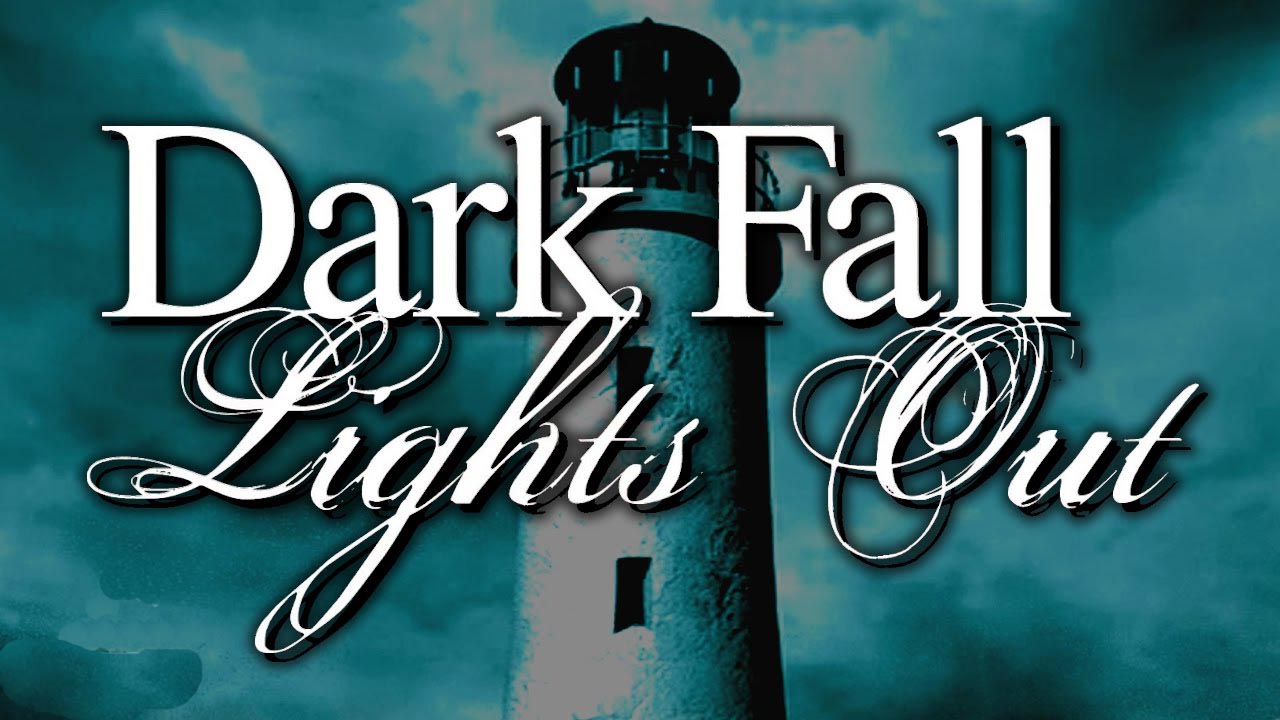

To put together an operational plan, Cassie Hage, Assistant Director of the Office of Sustainability, consulted a broad range of partners and experts, including Brett Seymoure, a Postdoctoral Fellow with the Living Earth Collaborative, Anne Tieber, Curator of Birds at the Saint Louis Zoo, and Jonathan Lasos, Director of the Living Earth Collaborative.

While the problem of light pollution is at a global scale, it is one that we can address at local, institutional, and individual levels. This spring, WashU has signed on to the Lights Out Heartland initiative, both as an outreach partner as well as a building partner, with a specific plan to turn off unnecessary lights while educating our campus community about this important issue. Native landscapes hold stormwater onsite and require less irrigation, while also providing food and shelter for migrating and full-time native birds alike. Dark-sky certified lighting that is energy efficient, angled downward, and capped to prevent light from beaming upward will also protect birds and other nocturnal animals. Interior lights on motion sensors or schedules reduces the energy use of a building, but also eliminates unnecessary indoor light from seeping into the night time sky. Like many sustainability solutions, our approach to prioritize sustainability in our buildings and landscapes has many benefits. Louis has incorporated protecting biodiversity into its approach for operational sustainability.

In response, Lights Out Heartland, a local initiative in collaboration with the National Audubon Society and the Missouri Chapter of the International Dark-Sky Association, launched to spread the word to encourage residents and businesses alike to limit light pollution, especially during the peak migration months, starting in late April through May for spring migration and the months of September and October for fall migration. Louis ranks among the top 5 of the worst cities for migrating birds. Exhaustion makes them more vulnerable to other threats, like predators or flying into glass buildings, which are also abundant in cities. Light pollution from cities disorients birds, drawing them into the glow and causing them to waste valuable energy, often trapping them in a circle until dawn. Louis pose a disproportionate risk to birds, as the geography, developmental spread and glow of night time lights converge to create significant obstacles to these long-distance travelers.Ĩ0% of migrating birds migrate at night, using the moon and stars to navigate. And each year, these birds are among the 600,000 birds that die after colliding with buildings. Each year, billions of birds pass through the United States on their way to seasonal destinations.


 0 kommentar(er)
0 kommentar(er)
